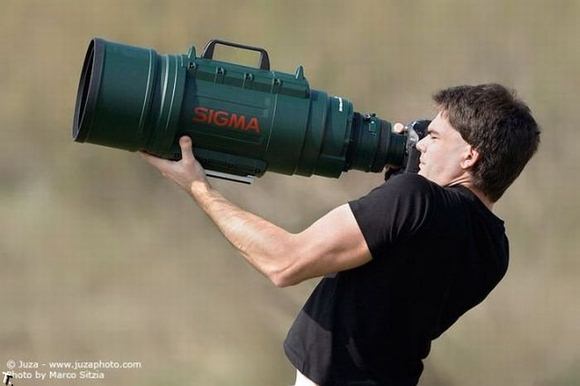400mm f5.6 cost 1000+
400mm f2.8 cost 10000+
If to get correct exposure for first lens aperture 5.6 shutter 30 iso 1600, wun the 2nd lens have the same aperture same shutter at iso 800? Sorry if I am misinformed
There is a lot of reasons and applications for a person to get that f2.8 version.
Firstly, f2.8 is 2 stops wider than f5.6, which means it will allow 4x more light into the sensor. This means a lot to the photographer.
DOF and bokeh aside, the most obvious application for f2.8 is for action/sports photography, or when you need to handle low lighting situations.
Theoretically, you are right on the ISO adjustment part. But whether it is applicable to the situation or whether the picture taken is usable is another matter

For example, in indoor sports photography, the photographer may need a shutter speed of 1/500s to stop action. To take a good picture with 1/500 indoors without good lighting is not going to be easy. Now let's compare both lens:
Assuming @ 1/500s, f2.8, ISO1600 is required to get a correct exposure
- Then @ 1/500s, f5.6, you will need to use ISO 6400 to get the same exposure.
Image quality and the amount of noise for ISO1600 VS ISO6400 can be quite a big difference. Worse, if ISO3200 is required on f/2.8 to give you the exposure you want, that would mean a ISO12800 on the f/5.6 for the same exposure. A picture on ISO12800.. the result may be garbage to a person who wants serious IQ.

A wider aperture generally allows better and faster AF. Another important factor when you need to snap quickly. Also, if you mount the f/2.8 with either a 1.4x or 2x extender, it is still fine and AF is still possible. But for the f5.6, the 1.4x extender would make it a f8 lens and AF would fail, unless you are using the EOS 1D series (1D series allow AF up to f8).
Not to forget, the usual rule of thumb for hand-holdability without IS to prevent handshake is 1/focal length. 400mm would mean 1/400 shutter speed. As f2.8 is 4x wider than f5.6, it allows you to use 4x faster shutter speeds without sacrificing ISO speed, which allows you to manage handshake better.
The list goes on - and that's why for a similar lens, you will find f2.8 commands a much higher premium than it's narrower brothers.




